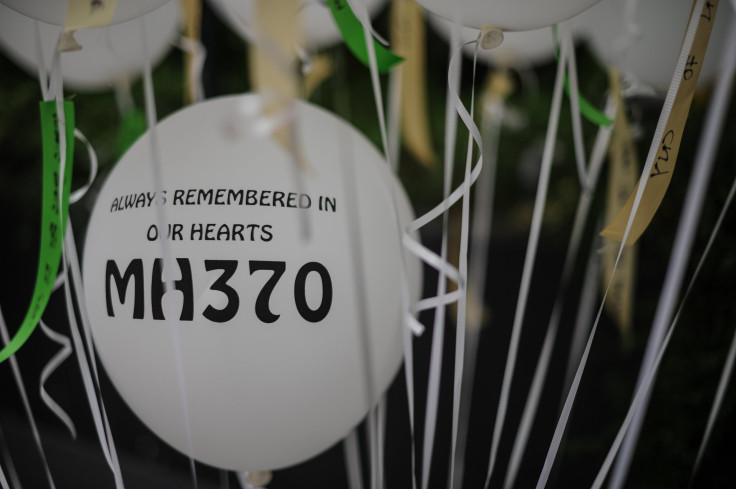Flight MH370 Update: Inquiry Into Search Operation Unlikely, Australia Says As Underwater Hunt Nears End

An inquiry into the underwater search for Malaysia Airlines Flight MH370 is not required, Australia's Federal Transport and Infrastructure Minister Darren Chester said Thursday. The comments come as authorities believe that the search for the plane in a remote part of the southern Indian Ocean will likely be completed by December.
The $180 million search to scour a 46,000-square-mile area was carried out after Flight MH370 went missing in 2014 with 239 people on board while on its way from Kuala Lumpur to Beijing.
The search operations faced several international criticisms over the expertise and equipment of the contracted company Fugro. Former French Naval Officer Paul-Henry Nargeolet, who was involved in the search for Air France Flight 447 in the Atlantic Ocean in 2009, said Fugro did not have the experience for such a specialized search.
However, despite allegations, Chester told Australia's News.com that he was confident the search had been "conducted with the highest standards of Australian Public Service governance and probity."
“There has been full transparency throughout the search process,” Chester reportedly said. “In addition to the evidence provided by senior ATSB (Australian Transport Safety Bureau) staff responsible for the search at regular Senate Committee hearings, there have been regular audits conducted by independent auditors throughout the course of the program.”
Chester said that all the sonar data gathered in the course of the current search would be publicly released by ATSB, which is leading the search for the missing Malaysia Airlines plane.
A “comprehensive report” on all aspects would also be made public when the operation ends in late December. “This is in addition to the search area definition and debris analysis reports which have been released periodically throughout the search,” Chester added.
Last week, the ATSB revealed that investigators were planning the next phase of the search based on revised drift modeling using replica flaperons in the southern Indian Ocean. They hoped that this modeling would provide evidence needed to continue the search beyond the current priority zone.
Australia's Commonwealth Scientific and Industrial Research Organization's oceanography department in the island state of Tasmania will receive six replicas of the flaperon to determine whether it is the wind or the currents that affect how they drift, Greg Hood, the new head of the ATSB, said.
The flaperon was the first piece of wreckage to be recovered from the missing jet. Following this, several debris pieces have emerged that authorities believe most "likely" belong to the missing jet.
Meanwhile, over the last few weeks, theories have surfaced that Zaharie Ahmad Shah, captain of the missing plane, “deliberately flew the plane into the Indian Ocean.” However, Malaysian authorities refuted the claims saying that "he (Zaharie) had simulated the flight path, but it is one of thousands of simulations to many parts of the world. We cannot, just based on this, confirm he did it.”
© Copyright IBTimes 2025. All rights reserved.





















